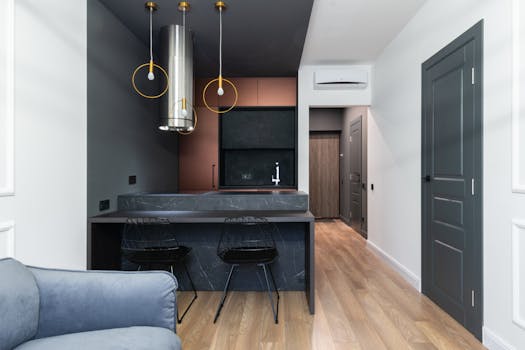
Understanding Color Psychology

Color plays a significant role in how we perceive our environment. Different colors evoke different emotions and can significantly influence the mood of a room. For instance, blues and greens often create a sense of calm, while reds and yellows can energize a space. Understanding color psychology is essential when selecting a palette for your home.
Identifying Your Style

Your home should reflect your personality and taste. Are you drawn to a modern aesthetic, or do you prefer a more traditional look? Take time to identify your style by browsing through design magazines, websites, or social media platforms like Pinterest. This will give you a clearer idea of the colors that resonate with your personal taste.
Choosing a Base Color

Once you have a sense of your style, start by selecting a base color for your home. This will be the foundation of your color palette. Neutral colors like beige, gray, or white are versatile choices that can make a space feel larger and more open. Alternatively, a bold color like navy or forest green can serve as a striking backdrop.
Creating a Cohesive Palette

After selecting your base color, choose complementary colors that harmonize with it. Use the color wheel to find colors that are opposite to your base color for a striking contrast, or select analogous colors for a more subtle effect. Limit your palette to three to five colors to maintain cohesion and avoid overwhelming the space.
Testing Your Colors

Before committing to your color choices, it’s crucial to test them in your home. Paint swatches on your walls and observe how they look at different times of the day. Take note of how natural light affects the colors and how they interact with your furniture and decor. This will help you make informed decisions and ensure you are satisfied with your selections.






